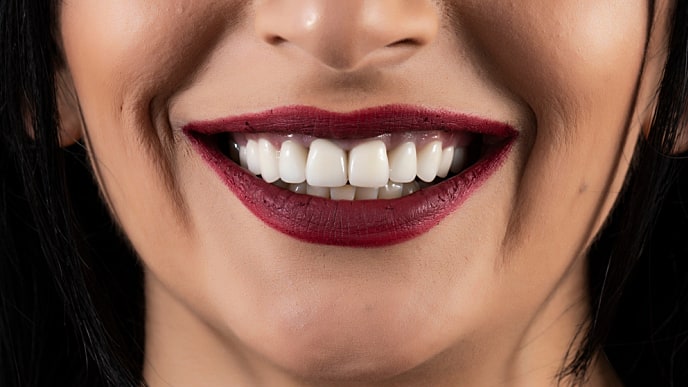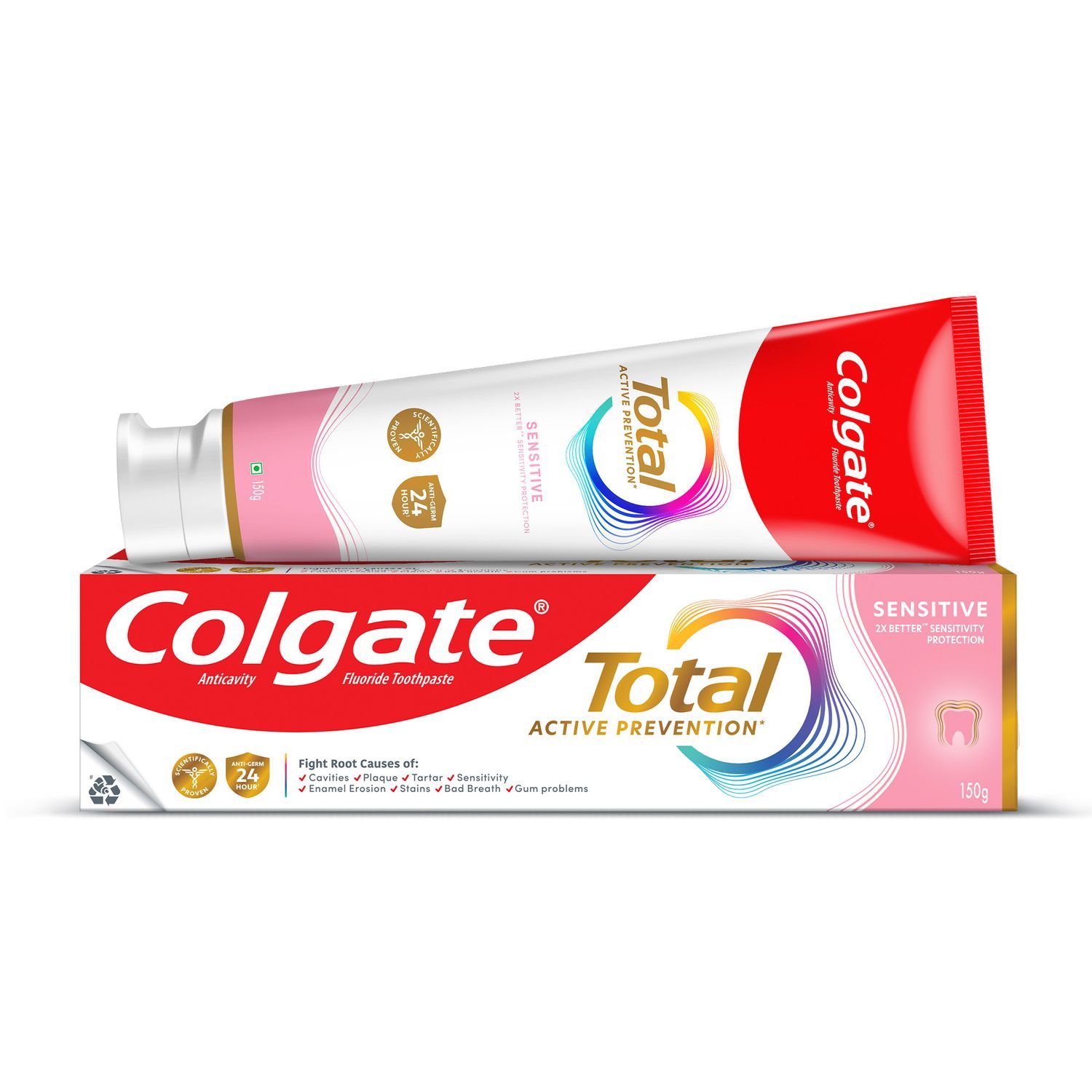Indications of Veeners
Veneers may be recommended as a good option if your teeth are:
Discolored or stained
Have spaces between them or are slightly crowded
Are chipped, cracked or broken
Have suffered from excessive wear
Contraindications of Veeners
A dentist will typically advise against veneers if a patient's teeth are severely broken down and there is not enough material remaining to support them, or if the teeth are so crowded that orthodontic treatment (braces) is needed to first put them in a position where they can be restored.
Prepless vs. Standard Veneers
Veneers must always be supported by the underlying tooth structure, and since enamel (the outer layer of a tooth) is much stronger than the dentin (the inner substance of a tooth) it is always the dentist's desire to bond veneers to enamel. Bonded this way, they are much stronger and more durable. In addition, even though veneers can be quite thin — as thin as 0.4 mm, in places — there needs to be adequate room for the material so that the restored teeth do not appear bulky. Prepless veneers need to meet certain additional criteria if this technique is to be considered:
Teeth should ideally be slightly "retroclined" (located more toward the palate or tongue as opposed to the cheeks) to allow enough room for the veneer.
Discoloration should not be so severe the porcelain cannot cover it.
Teeth need to be shaped to allow enough space between them.
There must be enough room on the incisal or biting surfaces of the teeth for both bite strength and aesthetics.
For all these reasons, the majority of teeth need some minimal preparation in order to achieve a good aesthetic and functional result. It is also important to have a clear line of demarcation between the tooth and margin of the restorative material to make a smooth "finish line." This helps make it easier to keep your new smile clean and thus prevent additional staining and irritation to the gum.
Cost of Veneers
Typically, veneers , whether prepless or standard, cost about the same as full crowns. The cost per tooth can vary by hundreds of dollars depending on where you live, the complexity of the case, and your dentist's individual fees. The price range may fall between Rs 10000 to Rs 15000. Since veneers are considered cosmetic restorations, they are not usually covered by dental insurance policies. An exception may be, for example, if they are done as a restorative procedure to repair a broken tooth.
It's always best to consult with your dentist to determine if you are a good candidate for veneers and what you options are.
This article is intended to promote understanding of and knowledge about general oral health topics. It is not intended to be a substitute for professional advice, diagnosis or treatment. Always seek the advice of your dentist or other qualified healthcare provider with any questions you may have regarding a medical condition or treatment.
ORAL HEALTH QUIZ
What's behind your smile?
Take our Oral Health assessment to get the most from your oral care routine
ORAL HEALTH QUIZ
What's behind your smile?
Take our Oral Health assessment to get the most from your oral care routine













